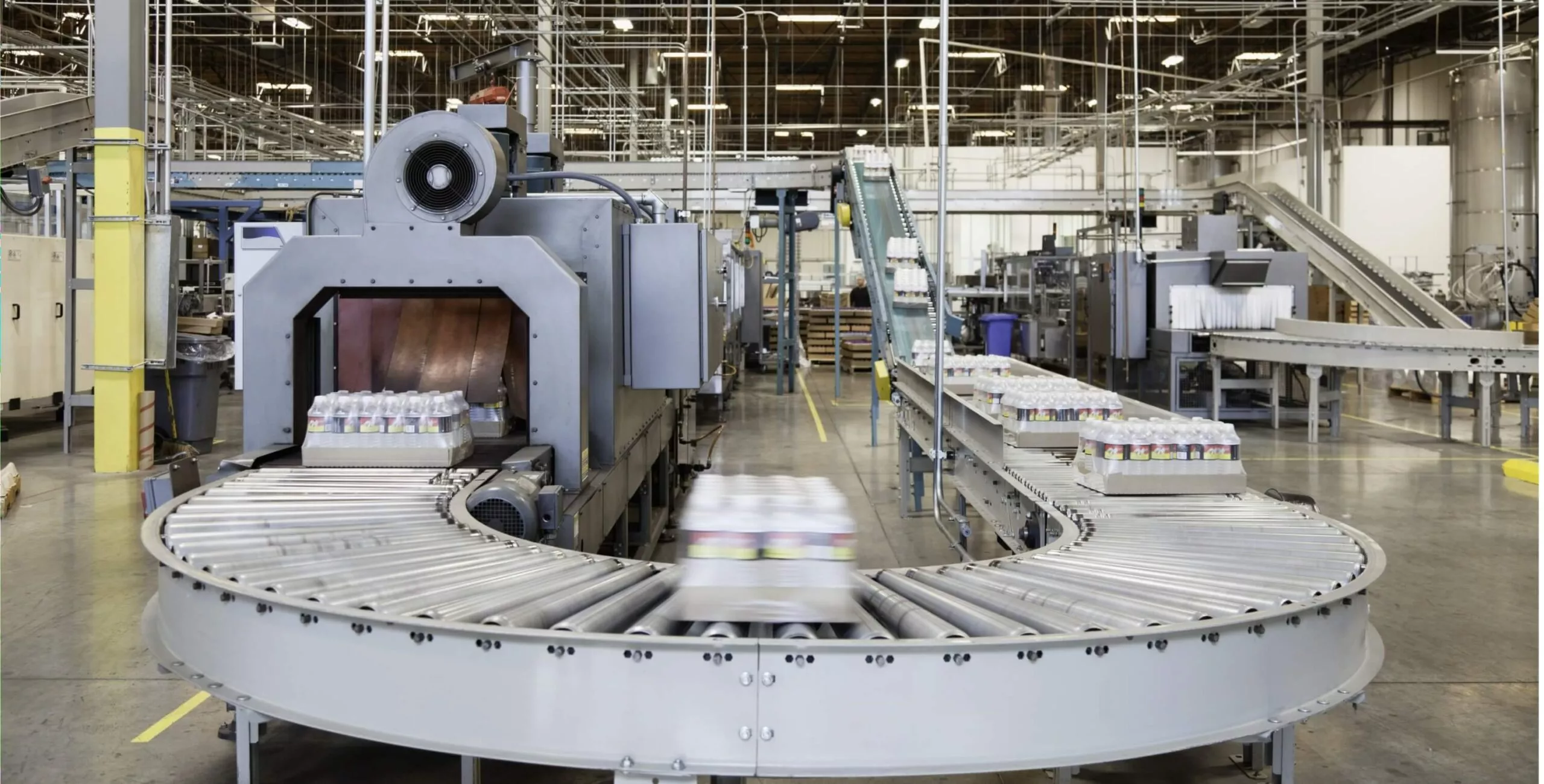Despite what the name suggests, in manufacturing, pencil whipping doesn’t involve smacking someone with a pencil. Rather, it’s a term that describes the action of rushing through a task or checklist, giving the green light without really digging into the details. As you can imagine, this is something that might cause problems, so you’d want to avoid it in your organization’s day-to-day. Let’s learn what pencil whip means and how exactly you prevent it.
What is Pencil Whipping?
Simply put, pencil whipping is rushing through a list of checks and procedures without verifying that they were fulfilled. In manufacturing and maintenance management, this can look like signing off on inspection work, preventive maintenance, quality checks, or even filling out safety cards without actually making sure those tasks are properly done. The practice of pencil whipping often sneaks into tasks meant to prevent equipment breakdowns, which can result in long-term problems for both the organization and its employees.
What are the Causes of Pencil Whipping?
Pencil whipping happens for various reasons – and it’s not always because workers are lazy. Several organizational factors can create and contribute to pencil whipping:
-
Overworked Employees
When there’s more work than people, employees are more likely to shirk certain tasks in favor of others. This means they might rush through a routine inspection or other seemingly inconsequential procedure.
-
Ineffective Management
Sometimes, ineffective management leads to employees not knowing why, exactly, they are doing a specific task or procedure. When employees don’t know why being careful and thorough is important, they can often turn to pencil-whipping to speed up the process, essentially putting quantity over quality.
-
Pressure for Metric Improvement
Workers might feel pushed to meet unrealistic performance metrics or Key Performance Indicators (KPIs), which can lead to pencil whipping. This can be mitigated with the use of a computerized maintenance management system (CMMS), which provides transparency for both employees and their supervisors when it comes to how much work they have to do.
Pencil Whipping Examples
These classic examples of pencil whipping highlight how a lack of attention from facility management staff can lead to serious operational threats.
-
Equipment Inspections:
Regular maintenance checks are crucial for keeping assets in prime condition and ensuring workplace safety. However, some technicians may slack off on inspections or assume everything’s fine without a thorough check. They mark the checklist as done, send it over to their supervisor, and sometimes, even the supervisor approves it without verification. The result? Equipment stays unchecked for months, only to suffer an unexpected breakdown.
-
Safety Procedures:
Building safety checks are a must to identify and eliminate risks. Yet, busy facility managers may sideline these checks due to understaffed or bustling facilities. This neglect leads to pencil whipping, causing deferred maintenance and potentially hefty fines from the Occupational Safety and Health Administration (OSHA).
-
Inventory Checks:
Facilities dealing with a large quantity of parts often grapple with inventory management. When employees report false stock numbers just to tick off a task, they’re engaging in pencil whipping, risking potential inventory discrepancies and the possibility of eventually needing a crucial maintenance part that is actually out of stock.
-
Training Certifications:
Some technicians might receive certifications without recently completing the training. Whether they’re already familiar with the content or have received similar training before, this is another pencil whip hotspot that must be avoided.
How to Prevent Pencil Whipping
Pencil whipping is a bigger issue than you might realize, and tackling it requires a mix of strategies. Follow these steps to prevent pencil whipping at your workplace:
-
Foster Transparency
- Make your workspace an open book. One simple way is to switch to maintenance management software – it keeps records updated and easily accessible.
- Encourage clarity with straightforward instructions and give your team ample time for their tasks.
- Say no to plain yes or no responses; ask for notes when people are completing checklists to ensure thorough and careful work.
-
Random Check-Ups
- Keep the guessing game strong with surprise equipment inspections.
- Look out for red flags during these checks, like too many flawless checklists that seem too good to be true.
- Shake up routines now and then so everyone’s on their toes when it comes to data.
-
Get to Know Their Struggles
- Technicians might rush through checklists, assuming that all is well. Break this habit by aligning their work with the company’s bigger goals.
- Remember, that everyone’s data shapes important decisions, so tackle their challenges without the blame game. Addressing these challenges will foster mutual respect and pave the way for better data collection.
-
Ditch the Quotas
- Don’t push employees to hit specific, unreasonable numbers daily – it often leads to sloppy work. Instead, spark motivation with incentives that make them genuinely care about the business.
- Consider using a computerized maintenance management system (CMMS) to keep tabs on checklists and predict potential issues before they strike.
How can a CMMS Prevent Pencil Whipping?
Using a CMMS is a surefire way to counter any causes of pencil whipping. For example, if you’re dealing with unrealistic expectations, NEXGEN’s CMMS reports can be your savior, providing a realistic perspective and helping you kick pencil whipping to the curb.
NEXGEN’s reporting capabilities can also help your organization practice accountability and better time management. With the help of effective and accurate data collection from your team, you can rest easy knowing your records are accurate and goal-efficient. Rest easy knowing NEXGEN is doing the dull work: Leave more time for actual maintenance and less for data entry.
Why wait? Say goodbye to pencil whipping with NEXGEN — click the link below.





